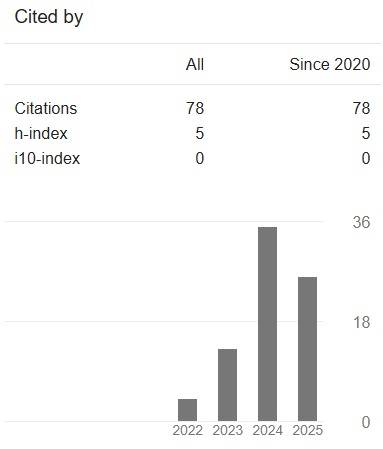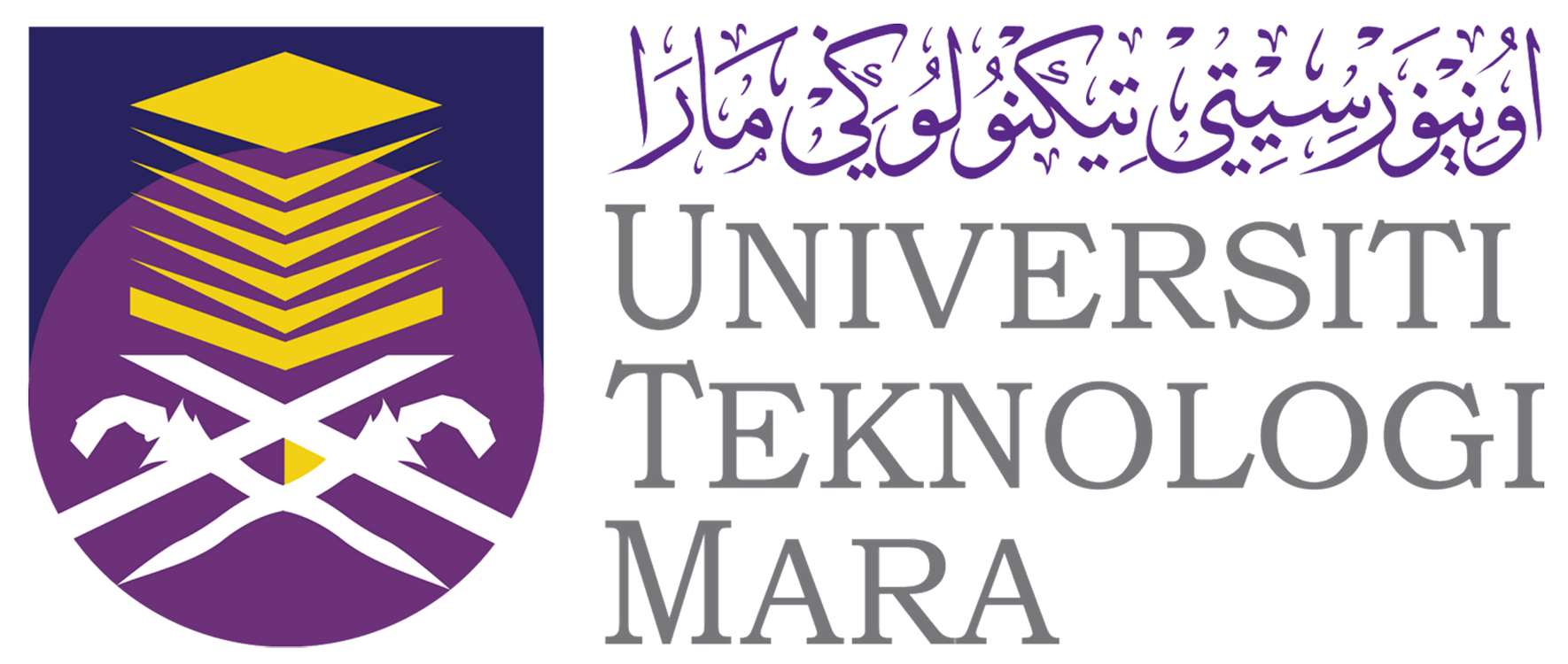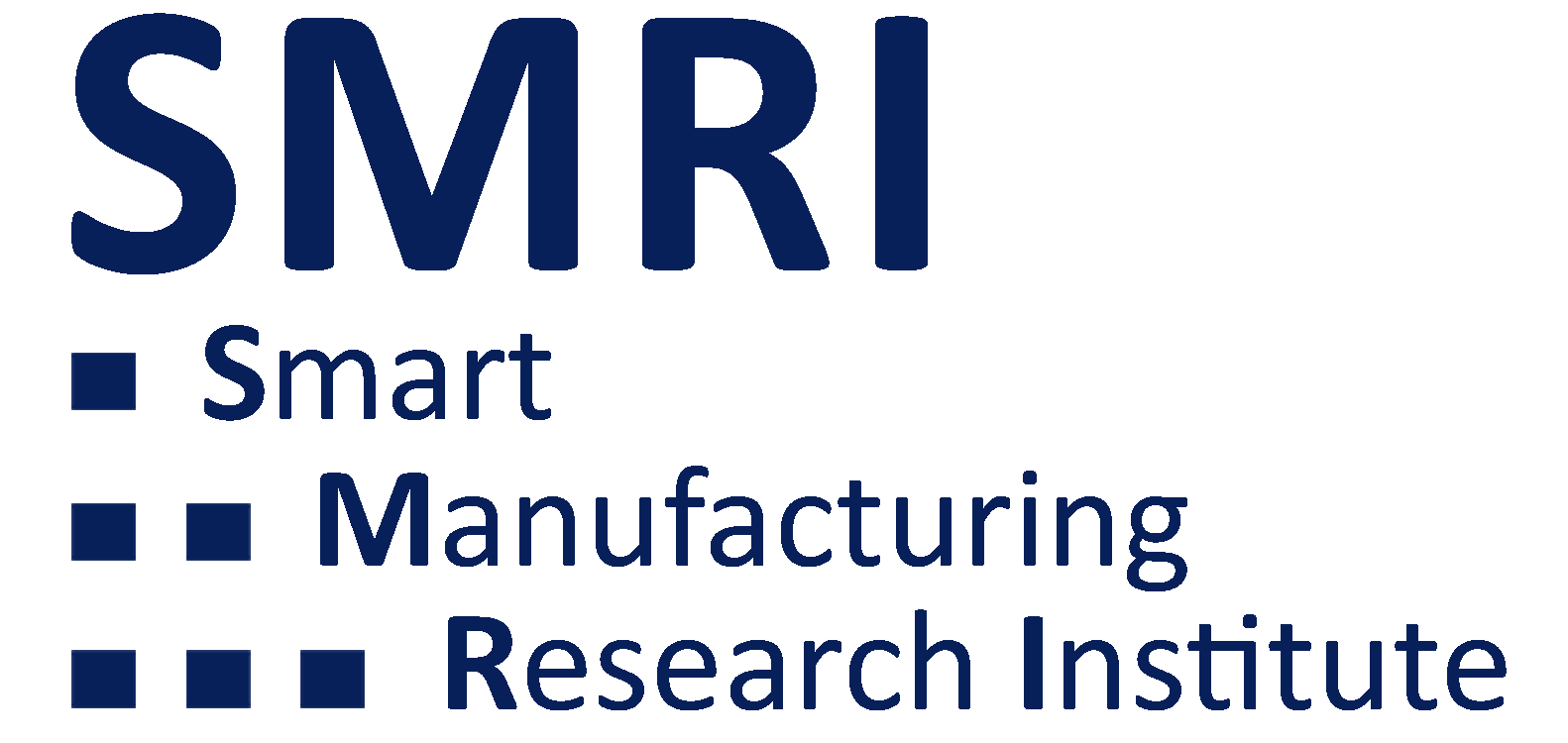Residual Stress Measurements on Rectangular Specimen SS316L using Numerical Computation Software and Selective Laser Melting
DOI:
https://doi.org/10.24191/jaeds.v3i2.67Keywords:
Residual stress, Simufact Additive , Selective Laser Melting (SLM), X-Ray Diffraction (XRD), SS316L, Thermo-mechanical method (TMM), Metal Additive Manufacturing (MAM)Abstract
This research aimed to predict the residual stress of additively manufactured rectangular specimen using Selective Laser Melting (SLM) by means of non-linear numerical computation based on Thermo-mechanical method (TMM). The procedure starts with the geometrical and material modelling of rectangular specimen with regards to Austenitic Stainless Steel 316L (SS316L) in which the temperature dependent material data properties such as Young’s Modulus, Thermal Expansion Coefficient, Specific Heat Capacity and Thermal Conductivity are taken into account. The next phase consists of numerical computation procedure which is where the specimen is position 60° of inclination angle from the substrate plate. The support structure is to be generated within the lower surface of the specimen in order to avoid material to collapse during printing process. Laser heat source is to be modelled based on the laser beam width, power, efficiency and scanning speed in order for the numerical computation to accurately predict the thermal problem in SLM process. Furthermore, layer parameters used to fabricate the specimen such as hatch distance, hatch scan width and layer thickness are taken into TMM consideration. Similar set-up from numerical computation by means of laser and layer parameters to fabricate SS316L rectangular specimen is utilized in real fabrication process using SLM machine, Renishaw RenAM 500E. After fabrication of the specimen, electropolishing as for the sample preparation for X-Ray Diffraction (XRD) measurement are to be conducted by means of various depth on both sides of the specimen. For the validation procedure, residual stress on every depth is to be analysed and compared with the result from numerical computation. In conclusion, TMM simulation forecasting an acceptable residual stress on SLM product with relative error up to 14% and the computational time taken to predict the residual stress is only 56 minutes. This exploratory research using TMM simulation to predict residual stress on SLM product could benefit metal additive manufacturing (MAM) production as a whole by neglecting expensive trial and error approach.
Downloads
References
Ngo, Tuan D.; Kashani, Alireza; Imbalzano, Gabriele; Nguyen, Kate T.Q.; Hui, David (2018). Additive manufacturing (3D printing): A review of materials, methods, applications and challenges. Composites Part B: Engineering, S1359836817342944–doi: 10.1016/j.compositesb.2018.02.012
Lim, S., Buswell, R. A., Le, T. T., Austin, S. A., Gibb, A. G., & Thorpe, T. (2012). Developments in construction-scale additive manufacturing processes. Automation in construction, 21, 262-268.
Wong, K. V., & Hernandez, A. A review of additive manufacturing. ISRN Mech. Eng. 2012, 1–10 (2012).
Talagani, M. R., DorMohammadi, S., Dutton, R., Godines, C., Baid, H., Abdi, F., ... & Blue, C. (2015). Numerical simulation of big area additive manufacturing (3D printing) of a full-size car. Sampe Journal, 51(4), 27-36.
Salmi, M. (2021). Additive Manufacturing Processes in Medical Applications. Materials, 14(1), 191. doi:10.3390/ma14010191
Yap, C. Y., Chua, C. K., Dong, Z. L., Liu, Z. H., Zhang, D. Q., Loh, L. E., & Sing, S. L. (2015). Review of selective laser melting: Materials and applications. Applied Physics Reviews, 2(4), 041101. doi:10.1063/1.4935926
Laleh, M., Sadeghi, E., Revilla, R. I., Chao, Q., Haghdadi, N., Hughes, A. E., ... & Tan, M. Y. (2022). Heat treatment for metal additive manufacturing. Progress in Materials Science, 101051.
Shiomi, M., Osakada, K., Nakamura, K., Yamashita, T., & Abe, F. (2004). Residual Stress within Metallic Model Made by Selective Laser Melting Process. CIRP Annals, 53(1), 195–198. doi:10.1016/s0007-8506(07)60677-5.
ASTM, F. (2014). 3056: Standard specification for additive manufacturing nickel alloy (UNS N06625) with powder bed fusion. ASTM.
Jawade, S. A., Joshi, R. S., & Desai, S. B. (2021). Comparative study of mechanical properties of additively manufactured aluminum alloy. Materials Today: Proceedings, 46, 9270-9274.
Li, C., Liu, Z. Y., Fang, X. Y., & Guo, Y. B. (2018). Residual stress in metal additive manufacturing. Procedia Cirp, 71, 348-353.
Mercelis, P., & Kruth, J. P. (2006). Residual stresses in selective laser sintering and selective laser melting. Rapid Prototyping Journal.
Mani, Mahesh; Lane, Brandon M.; Donmez, M. Alkan; Feng, Shaw C.; Moylan, Shawn P. (2016). A review on measurement science needs for real-time control of additive manufacturing metal powder bed fusion processes. International Journal of Production Research, 1–19. doi:10.1080/00207543.2016.1223378.
Klute, A., Whittig, L. D., & Allardice, W. R. (1986). X-Ray Diffraction Techniques. Methods of Soil Analysis: Part 1 - Physical and Mineralogical Methods. doi:10.2136/sssabookser5.1. 2ed.c1.
van Belle, L., Vansteenkiste, G., & Boyer, J. C. (2013). Investigation of Residual Stresses Induced during the Selective Laser Melting Process. Key Engineering Materials, 554–557, 1828–1834. https://doi.org/10.4028/www.scientific.net/kem.554-557
Standard, A. S. T. M. E915, 2010," Standard Test Method for Verifying the Alignment of X-Ray Diffraction Instrumentation for Residual Stress Measurement," ASTM International, West Conshohocken, PA, 2003, DOI: 10.1520/E0915-10.
ur Rahman, Z., Deen, K. M., Cano, L., & Haider, W. (2017). The effects of parametric changes in electropolishing process on surface properties of 316L stainless steel. Applied Surface Science, 410, 432-444.
Downloads
Published
How to Cite
Issue
Section
License
Copyright (c) 2023 Micheal Stoschka, Liyana Balqis Shamsuri, Stefan Fladischer, Thoufeili Taufek, Yupiter HP Manurung, Mohd Shahriman Adenan, Renga Rao Krishnamoorthy

This work is licensed under a Creative Commons Attribution 4.0 International License.









